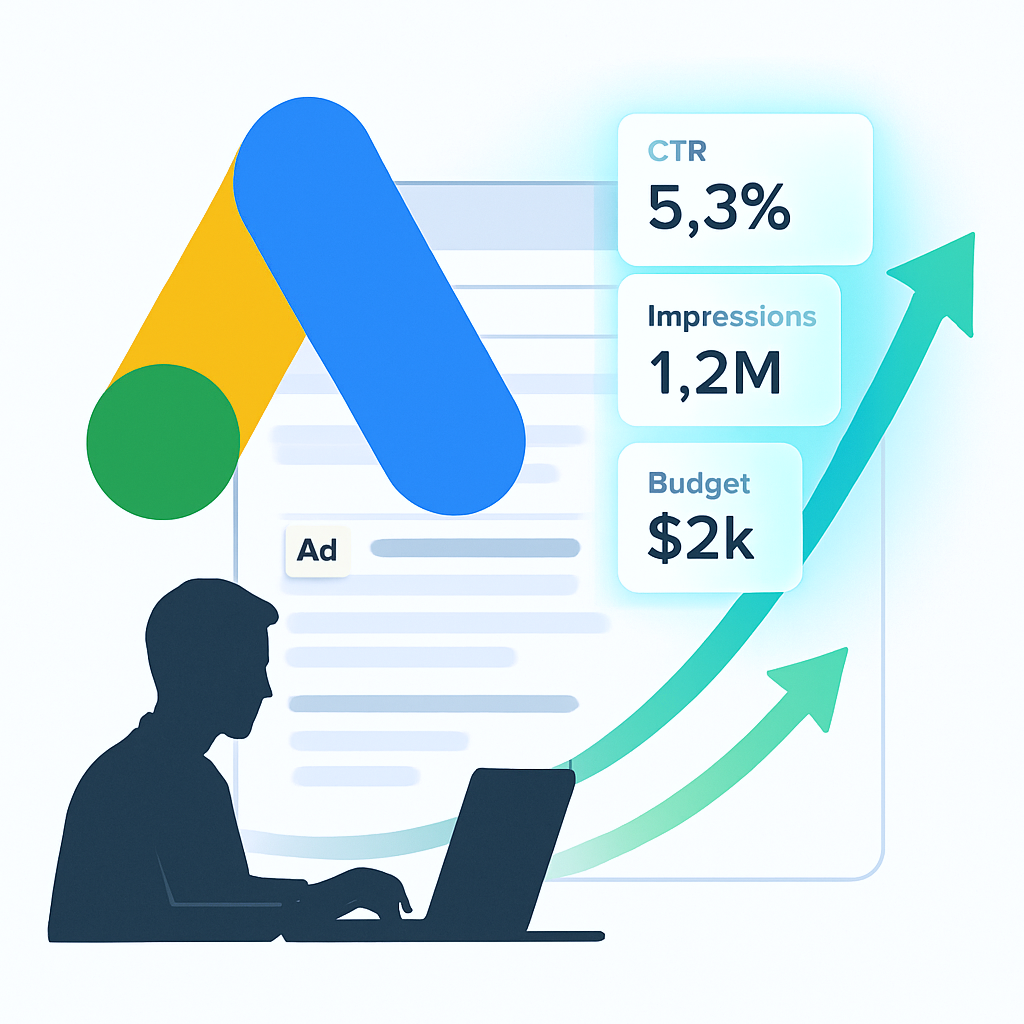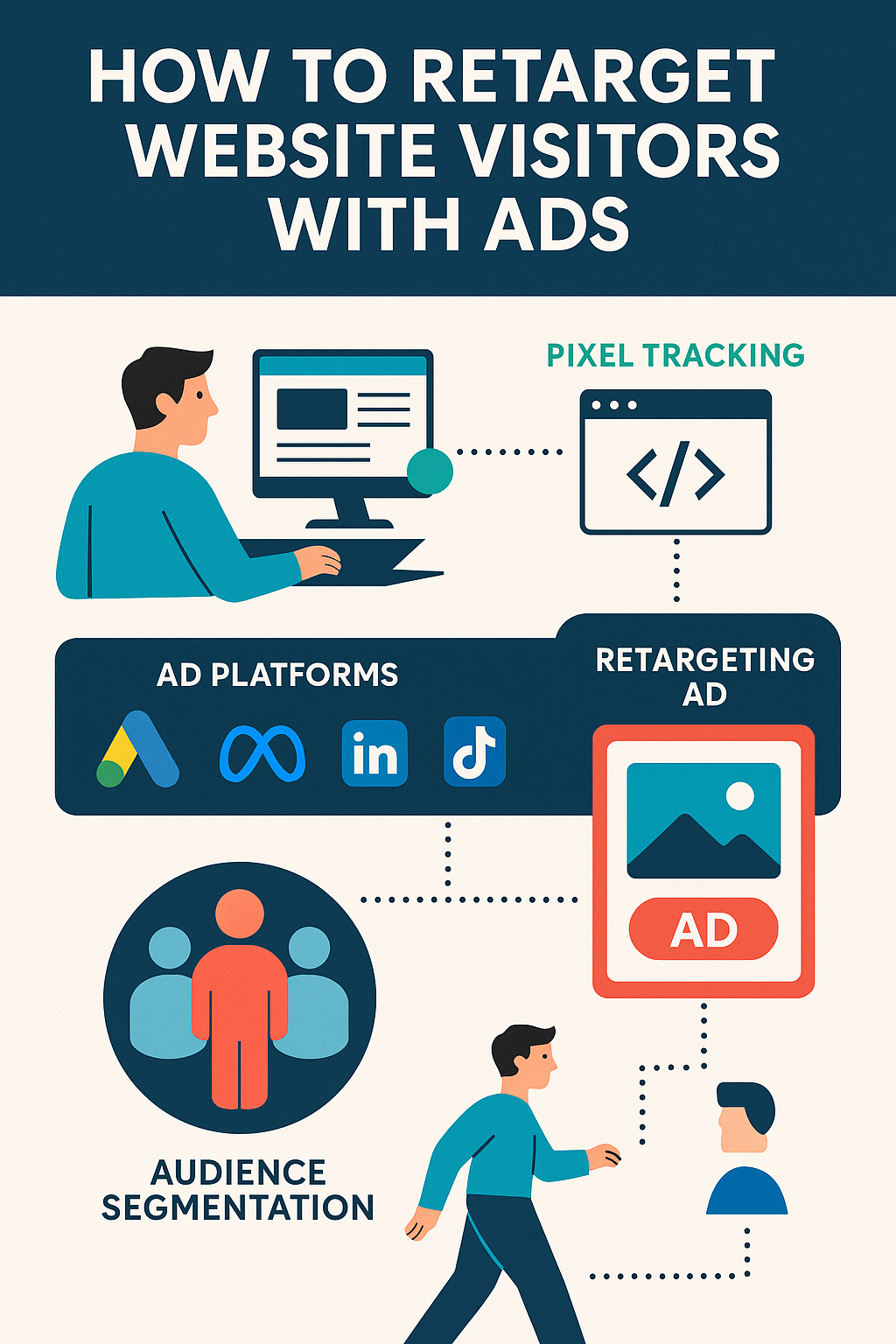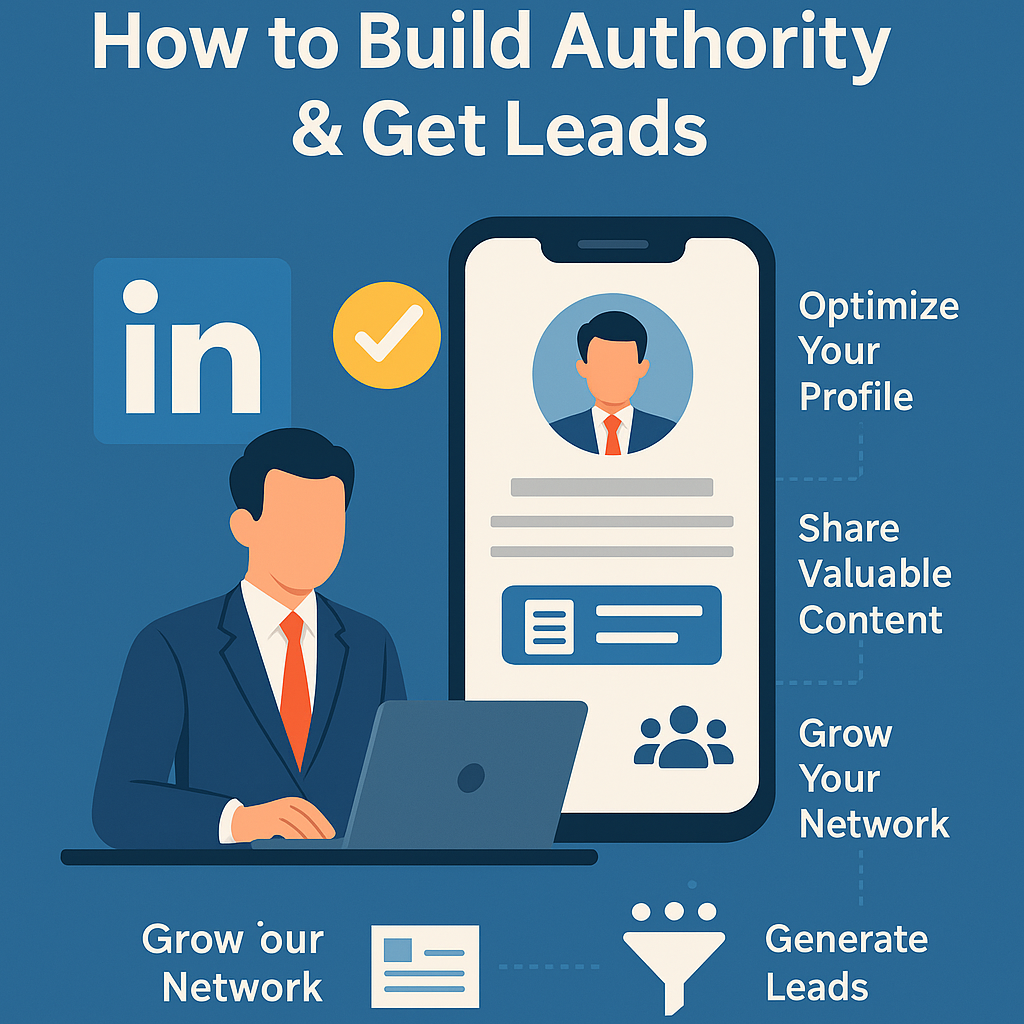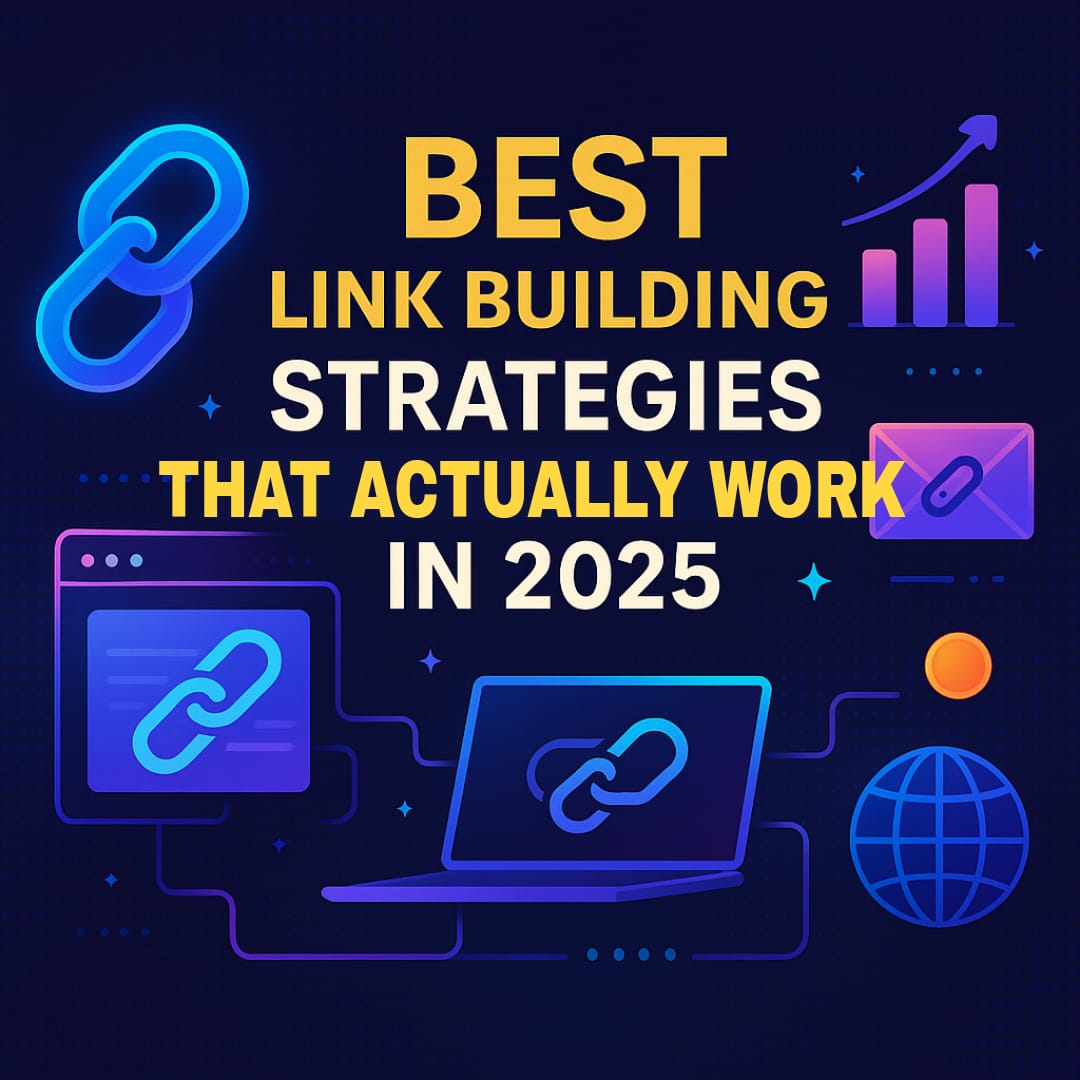Table of Contents
Introduction
Digital marketing isn’t optional—it’s a matter of survival. Whether you have a small online store, are building a personal brand, or managing a rapidly-growing company, you need to be visible on Google. When it comes to quickly getting noticed, there may be no better tool than Google ads.
This guide is going to walk you through the steps to learn Google Ads from a beginner level—from your first campaign set up, to how you can optimize your campaign for maximum ROI (Return on Investment). By the time this tutorial ends, you will know exactly how to launch a campaign that works without costing you the farm.
What is Google Ads?
Google Ads (previously referred to as Google AdWords) is Google’s advertising platform that allows businesses to pay to be placed at the top of search results on Google, on YouTube, in apps, and on millions of websites that are affiliate partners of Google.
Rather than waiting for organic SEO which might take months, Google Ads allows you to show up instantaneously for the keywords your customers are looking for. For example, if you sell handmade candles, you can appear when someone types in “buy scented candles online”.
Why Should Beginners Use Google Ads?
- Instant Visibility: Appear at the top of search results within hours.
- Exact Audience: Ads can be shown to people only in your city, state, or anywhere in the world.
- Pay-As-You-Go: You pay only when someone clicks (PPC).
- Scalable Growth: Start with 5$ and scale as you see results.
Understanding the Basics: How Google Ads Works
Google Ads uses an auction model, where advertisers pay for the keywords of their choosing, and Google decides which ads to show based on 3 key factors:
- Bid Amount (the amount you are willing to pay per click for a keyword)
- Quality Score (Google’s measure of how relevant and quality of your ad and landing page)
- Ad Rank (a measure of your overall position on the search results page composed of your bid + quality score)
So you don’t need the biggest budget to win … you just need the smartest strategy!
Step 1: Setting Up Your Google Ads Account
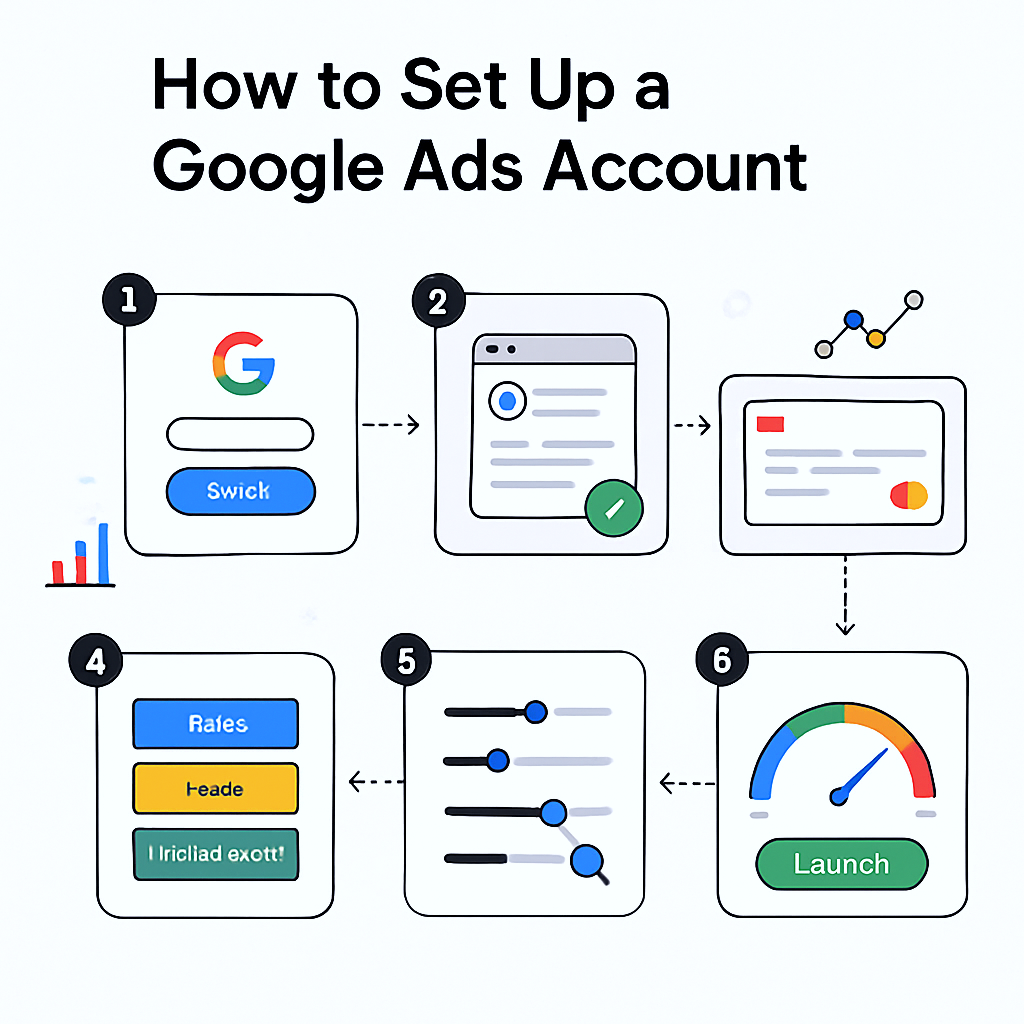
- Visit ads.google.com
- Sign in with your Google account (or create a new one).
- Click New Campaign.
- Google will ask what your primary goal is: Sales, Leads, Website Traffic, Brand Awareness, or App Promotion.
Pro Tip: Beginners should consider Sales or Leads as they are the most trackable.
Step 2: Choosing the Right Campaign Type
There are many different types of campaigns you can run using Google Ads, including:
- Search Campaigns – Text ads that appear in Google search results pages. Search campaigns are a good option for beginners.
- Display Campaigns – Visual banners ads that appear on websites and apps.
- Shopping Campaigns – Product ads that showcase e-commerce store front-end details.
- Video Campaigns – Video ads that appear on YouTube.
- App Campaigns – Ads that promote apps installed on a mobile device.
Search campaigns will be the easiest and most effective campaign type for beginners. They directly connect you with persons searching for your product/service.
Step 3: Keyword Research
Keywords are the foundation of Google Ads. Choosing the wrong keywords will cost you clicks that will typically not end in a sell.
Keyword Research Tools:
- Google Keyword Planner (free within Google Ads)
- Ubersuggest or SEMrush (paid, but more advanced)
When doing any research on keywords, focus on:
- Search Intent: Select keywords that align with the intention of buyers (ex. “buy running shoes online” vs. “history of running shoes”).
- Long Tail Keywords: Longer and more specific phrase that have lesser competition (ex. “affordable wedding photographer in New York”).
- Negative Keywords: Exclude irrelevant searches. For example, if you sell premium watches you may want to add “cheap” or “free” as a negative keyword.
Step 4: Writing High-Converting Ads
Your ad copy has seconds to grab attention. A typical Google Search Ad has:
- Headline (3 parts, 30 characters each).
- Description (2 parts, 90 characters each).
- Display URL (your web link).
Example Ad for a Fitness Coach:
Headline: Personal Trainer in NYC | Lose Weight Fast
Headline 2: 1-on-1 Fitness Coaching | Free Trial Session
Description: Join NYC’s #1 trainer program. Individualized workouts, and flexible scheduling. Book today!
Tips for Writing Ads:
- Use your target keyword in the headline.
- Provide something different (free trial, discount, or fast delivery).
- Create a sense of urgency (today, limited, free trial).
- Always include a prominent call to action (Book Now, Sign up, Shop Today).
Step 5: Setting Your Budget and Bidding Strategy
With the ability to set daily budgets, Google Ads allows advertisers to have control over their spending.
- Take daily budget, for example. If you set $10 per day, then Google will never spend more than $300 for the month.
- As a beginner you have various bidding options:
- Maximize Clicks: is good for learning purposes, but you will likely unnecessarily spend more money.
- Target CPA (Cost Per Acquisition) – identifies conversions for a specific cost
- Manual CPC – You set the bids on keywords yourself (best to do this once you’ve had some experience).
Smart suggestion: If Google has enough data available, start with Maximize Conversions, otherwise start with Maximize Clicks and test it out.
Step 6: Landing Pages That Convert
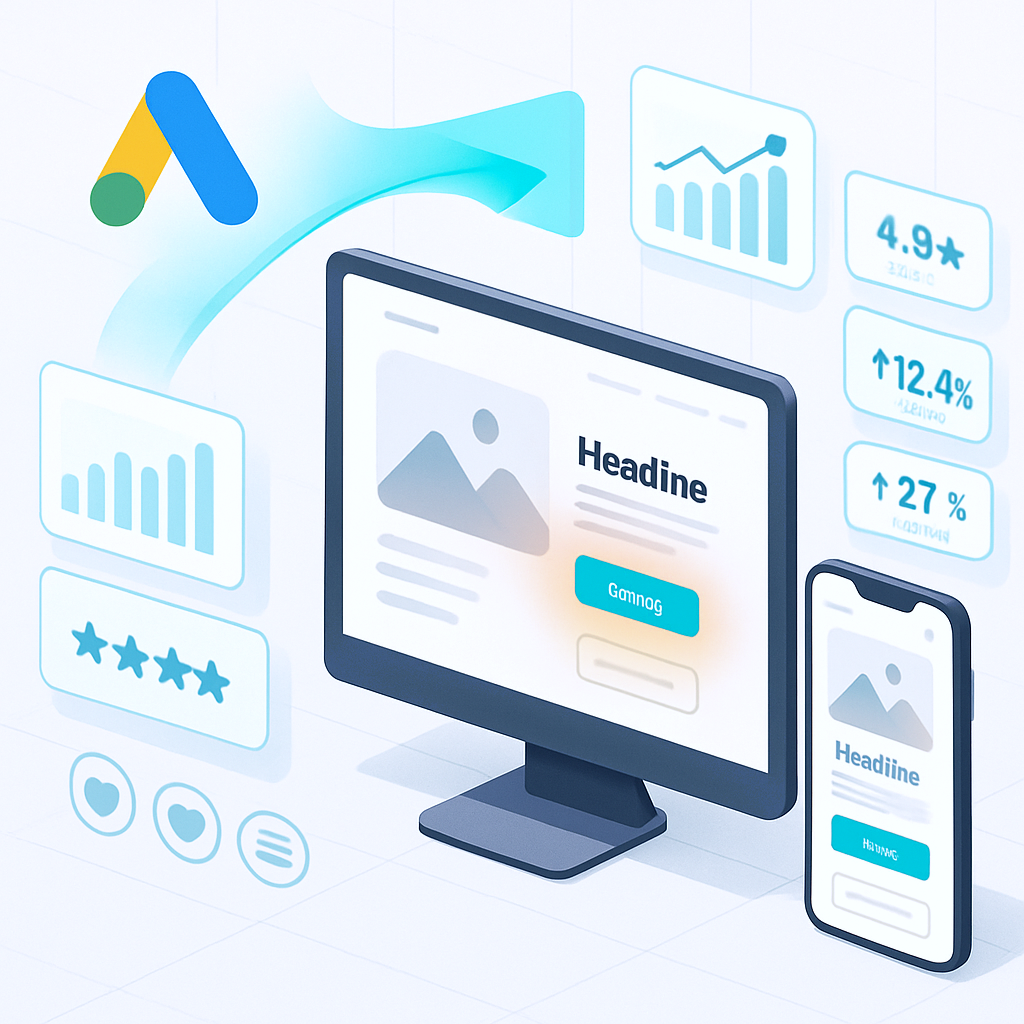
The link for an ad should always be a landing page and not a homepage. An ad saying “50% Off Sneakers” should have a landing page that features sneakers that are 50% off and not the entire catalog.
Here are the must-haves for landing pages:
- Obvious headline that has your offer.
- Pictures and/or video that are quality.
- Testimonials or reviews.
- Simple call-to-action (Buy Now, Sign Up, Book Today).
- Loading speed (less than 3 seconds).
Step 7: Setting Up Tracking & Conversion Goals
If tracking is not set up, you are effectively flying blind. We need to setup:
- Google Analytics 4 (GA4) – You’re able to track website visitors and their behaviour.
- Google Tag Manager – Helps you manage all your tracking codes.
- Conversion Tracking – Measure sign ups, purchases, calls, or downloads.
Now that tracking is up and running, you’ll know exactly which ads direct revenue.
Step 8: Optimizing Campaigns
Google Ads is not a fire-and-forget platform. The word optimization is where the profits are made.
Key Optimization Techniques:
- Pause Keywords: If your budget is being eaten up by keywords with no conversions, pause them.
- Run A/B Ads: Test various ad copies and keep the best ad copy for the keyword.
- Adjust Bids: Raise bids on the keywords converting and lower bids on the nonconverting keywords.
- Use Extensions: Add call buttons, location info, links to pages on your site, etc.
- Schedule Ads: Run ads at times when your audience is visible and active.
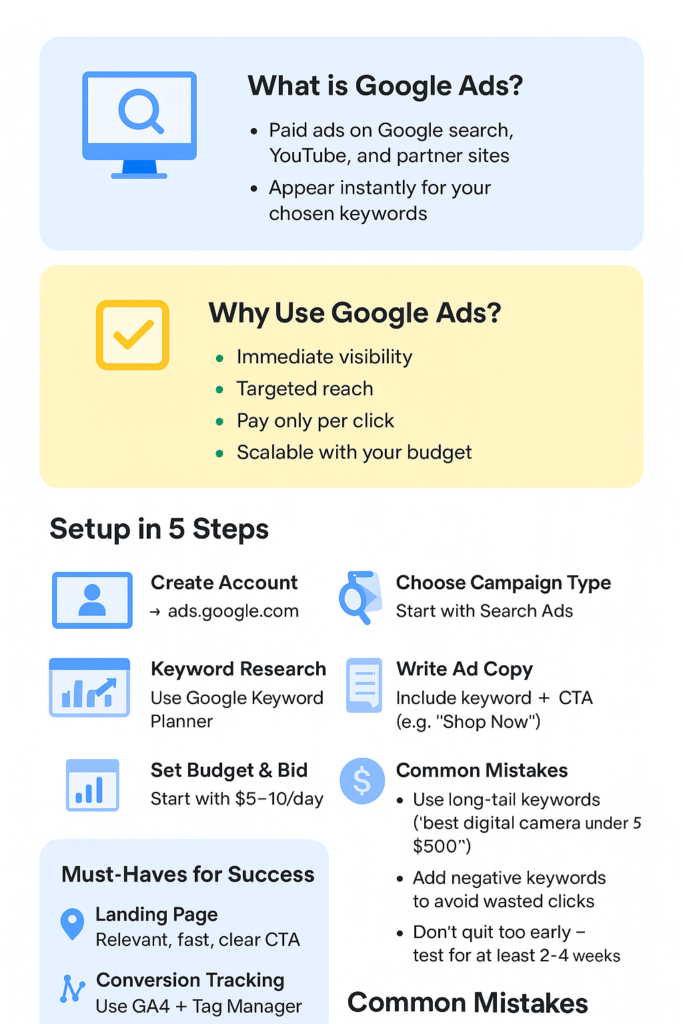
Common Mistakes Beginners Make
- Redirecting traffic to a homepage rather than a landing page.
- Using a broad keyword like “shoes.” Too broad, too expensive.
- Not blocking negative keywords. This creates wasted clicks.
- Not tracking conversions. You can’t optimize what you can’t measure.
- Team quitting too fast. Google Ads campaigns will take a min of 2-4 weeks to test.
How Much Should You Spend on Google Ads?
With anything in advertising and marketing, there is no one size fits all. However, here is a framework:
- Start small ($10 – $20/day)
- Test for a minimum of 30 days
- Only scale once achieved profitable conversions.
For example, you spend $300, and get $900 in sales, your ads are profitable. Now you can scale to $600 or even $1000/month!
Advanced Tips for Scaling
After you feel familiar:
- Try Remarketing Campaigns (display ads to users that visited your website but didn’t convert).
- Experiment with Lookalike Audiences in Display/YouTube Ads.
- Test out Shopping Campaigns if you are E-commerce.
- Incorporate AI-based Smart Bidding for time efficiency.
Conclusion
Google Ads is one of the most powerful marketing tools ever created. It can put your business in front of thousands of prospective customers in just a few hours. The process is simply to start small, learn the game, and continue optimizing.
Whether you are a beginner that is running your very first $5/day campaign, or an expert that is planning to scale from $10,000 to $25,000 per month, the steps in this guide will help bring you closer to your goals.
Keep in mind: winning with Google Ads is never about how much money you spend, it’s about how smart you spend it.
For more such articles click here.
FAQs on Google Ads
Is Google Ads good for beginners?
Yes! Google Ads is great for beginners, especially if you start small – pay-per-click with search campaigns is simple as you can easily see how many people are clicking your ads and you control your budget, so you can’t overspend.
How much money do I need to start Google Ads?
You can start Google Directories with as little as $5-10/day. The most important thing is to test different keywords and ads and then scale up. Some industries might require more ad budget because of increased competition, but you can still see early results with a total of $300/month.
How do I pick the right keywords?
Use Google Keyword Planner to find related search terms with good search volume and lower competition. Focus on long-tail keywords (such as “affordable digital marketing course”) instead of broad keywords (such as “marketing”).
What is the difference between Google Ads and SEO?
Google Ads: These are paid ads that will appear immediately at the top of the search results. SEO (Search Engine Optimization): These are organic rankings that take time (months) to develop but grow into a long-term source of free traffic. A combination of both is the best strategy.
Can Google Ads work for small businesses?
Definitely! Small businesses have the most to gain because they can instantly reach local customers without spending thousands. For example, a plumber in Chicago can advertise just for people searching for “emergency plumber near me.”
What is a Quality Score in Google Ads?
Quality Score is a rating (1-10) given to your ad by Google based on ad relevance and expected click-through rate; it also takes the landing page experience into account. The higher the score, the lower the cost per click and the better position in which your ad will appear.
How long to see results from Google Ads?
You will see traffic and clicks within 24 hours of launching your campaign—but meaningful results like conversions (sales or leads) will typically take 2-4 weeks of testing and optimization.
Do I need a website to run Google Ads?
Yes, in most cases. Google Ads requires your campaign to have a landing page for visitors to click through. That said, local businesses will sometimes run “call-only ads” where the individual clicks and they’re calling you directly no website required.
What happens if I cease my payments for Google Ads?
Your ads stop immediately. Contrary to SEO, which can continue to generate traffic over the long-term, Google Ads only works while you’re paying for the campaign.
Can Google Ads replace social media ads?
Not fully. Google Ads captures people who are actively searching for a product or service; social media ads (Facebook or Instagram Ads) are great at capturing awareness and interest targeting. Often, the best strategy are a combination of both.
